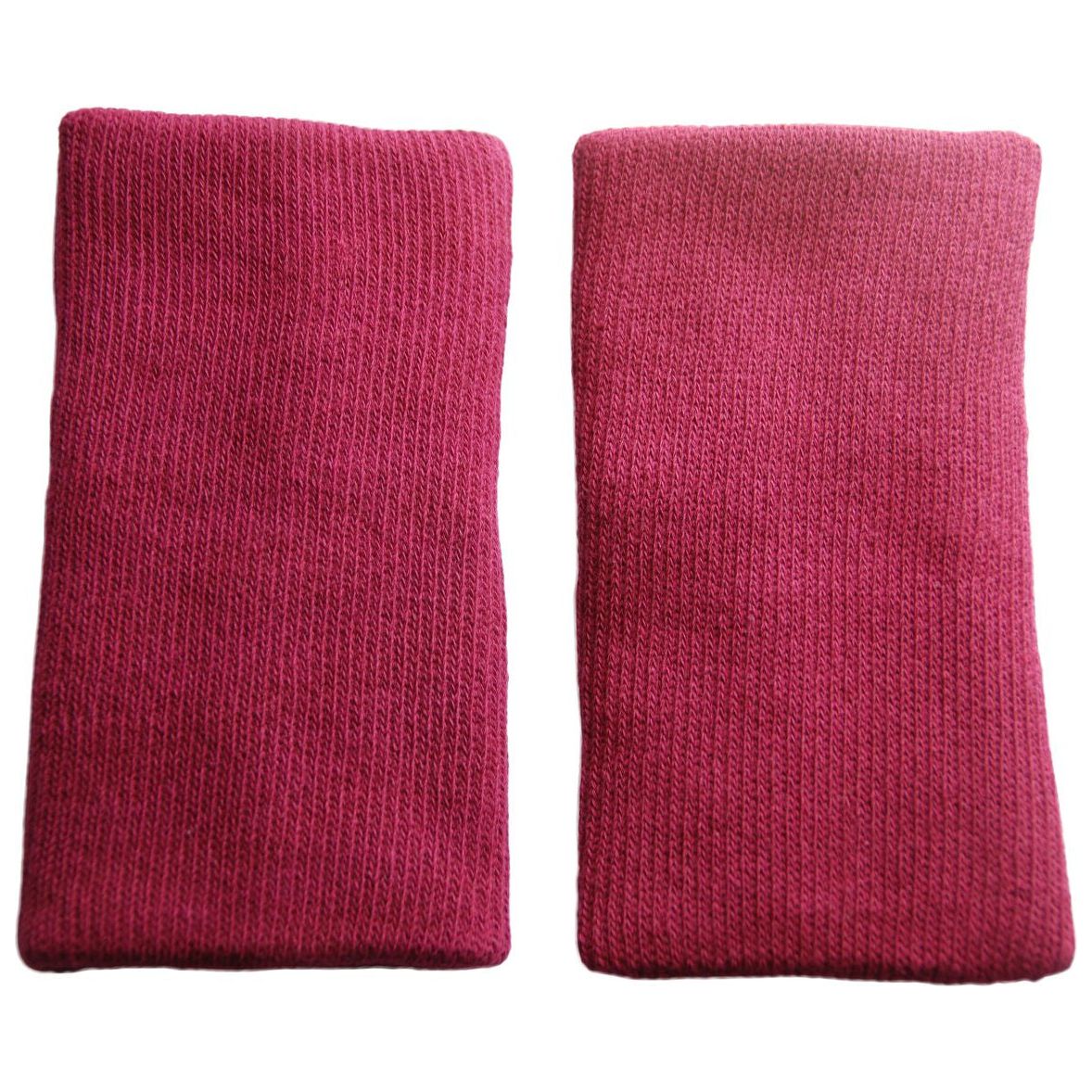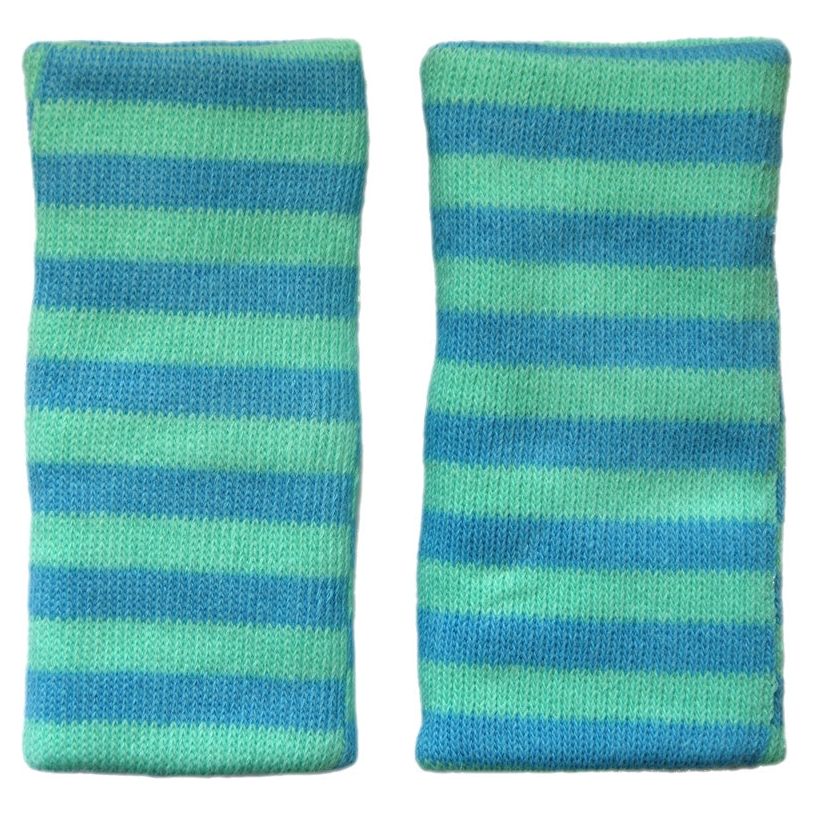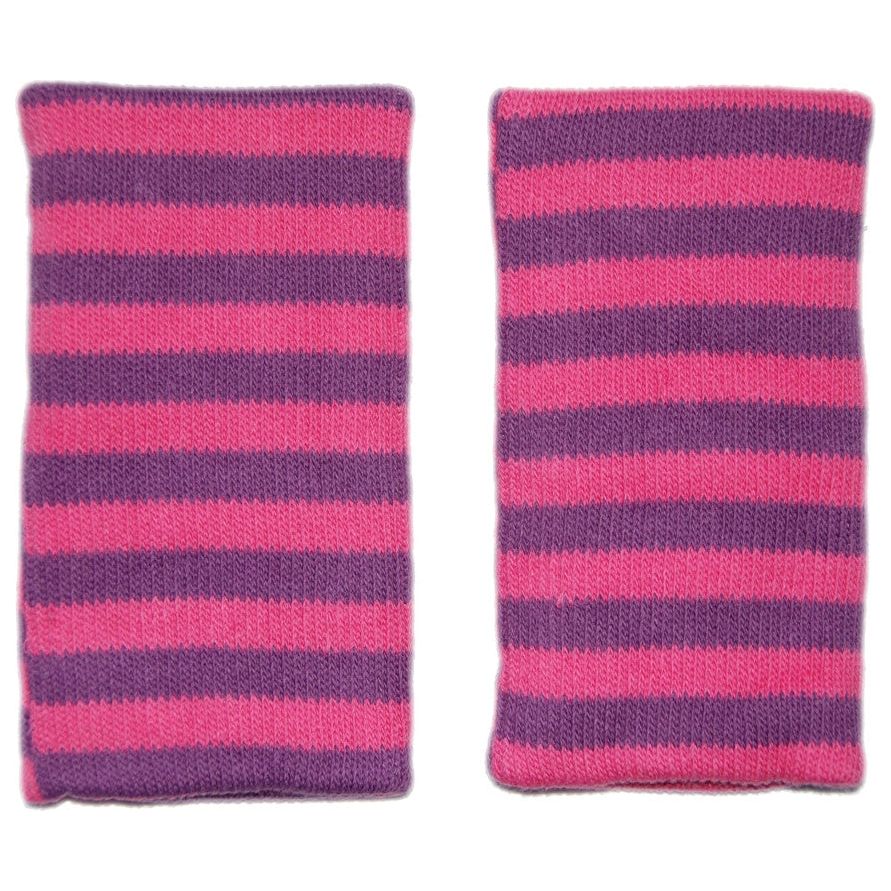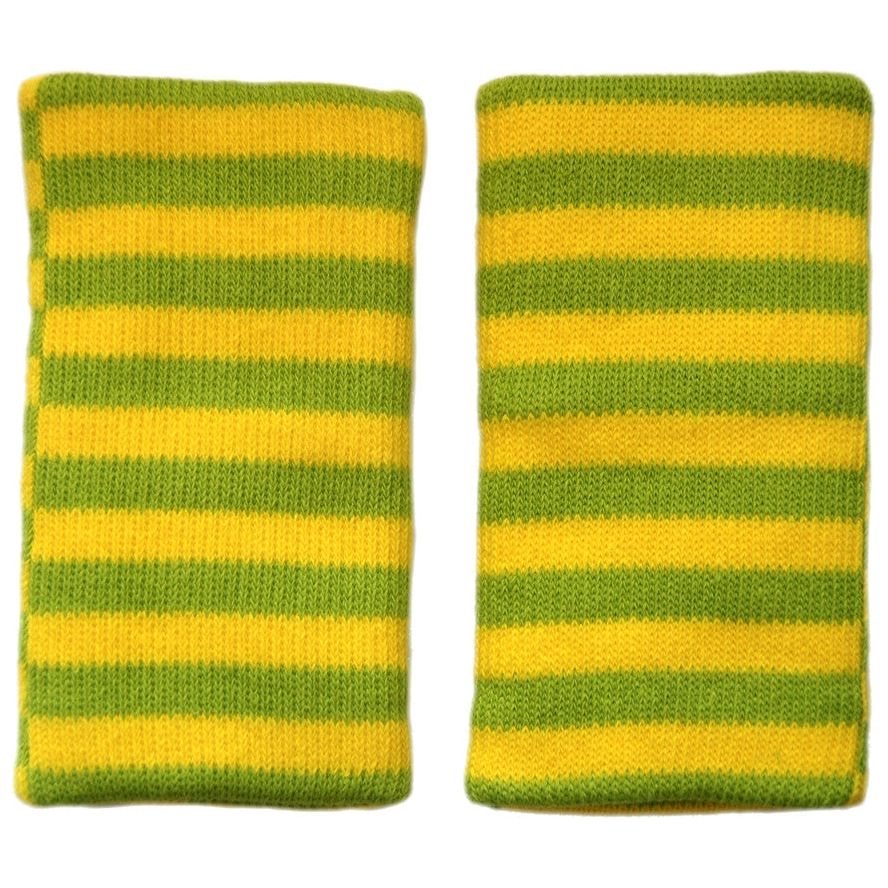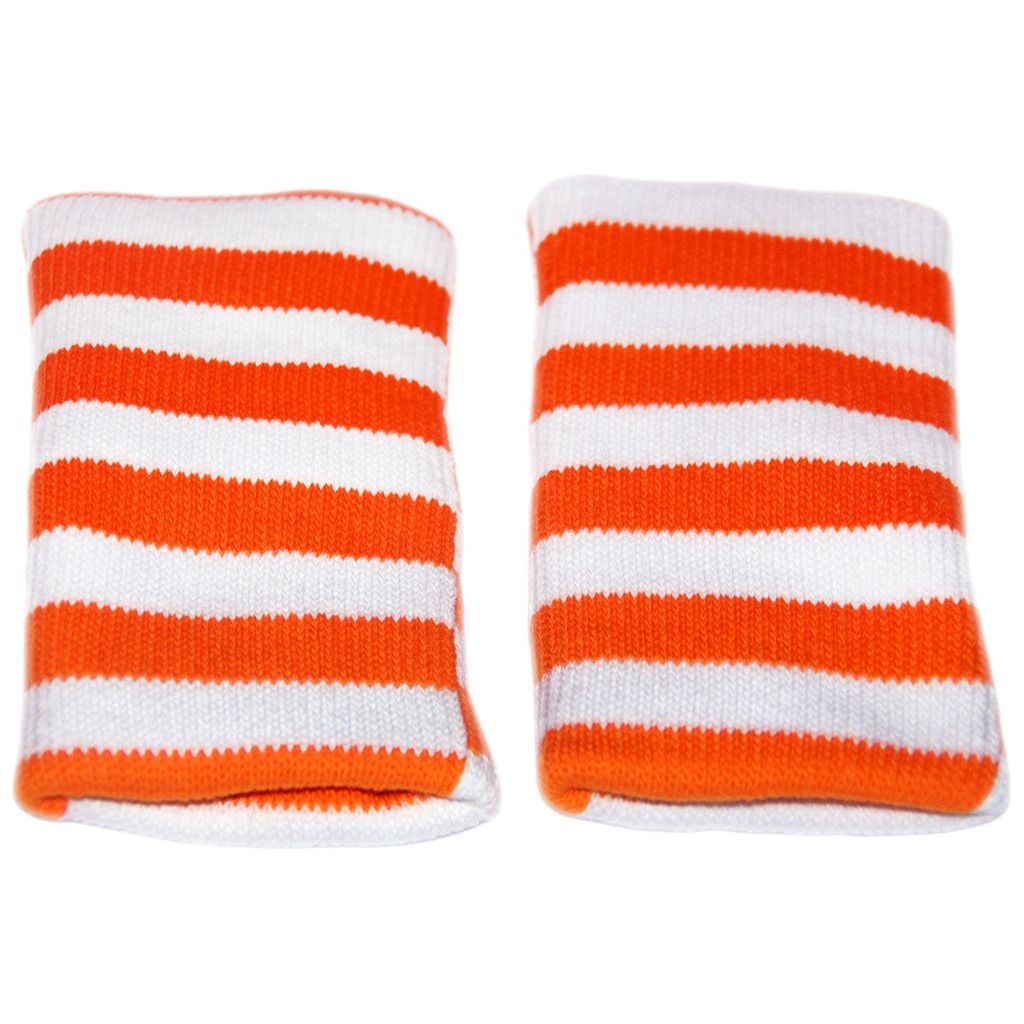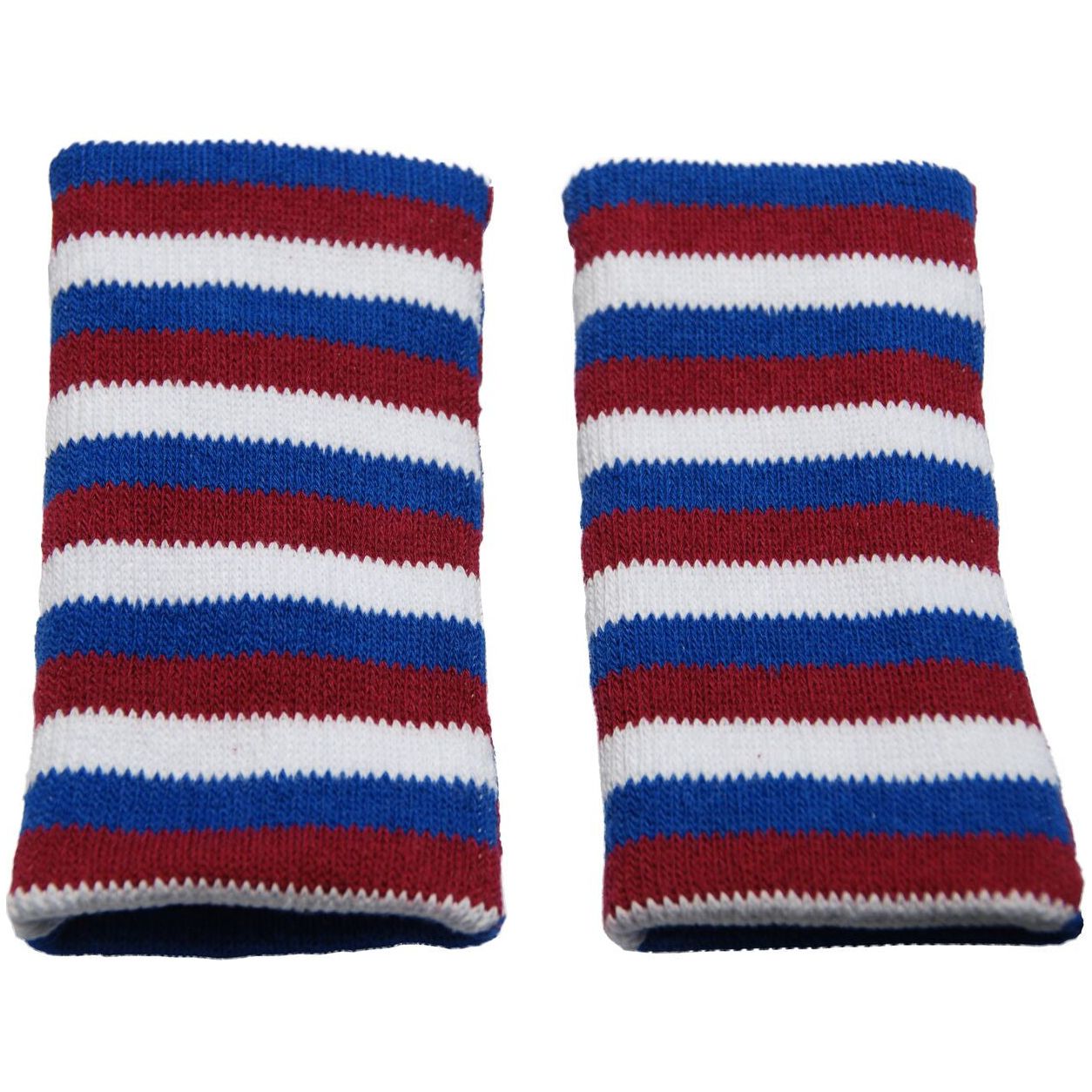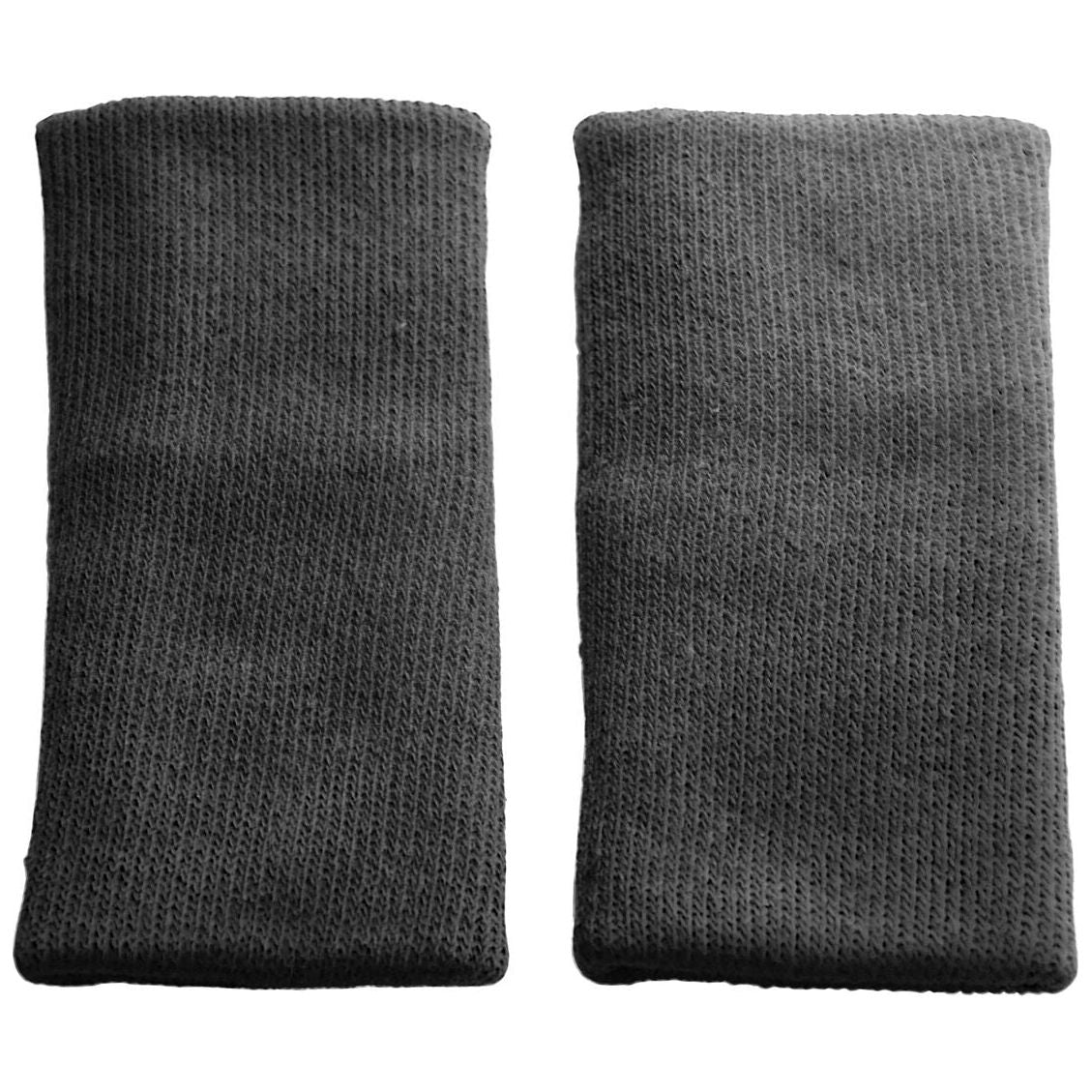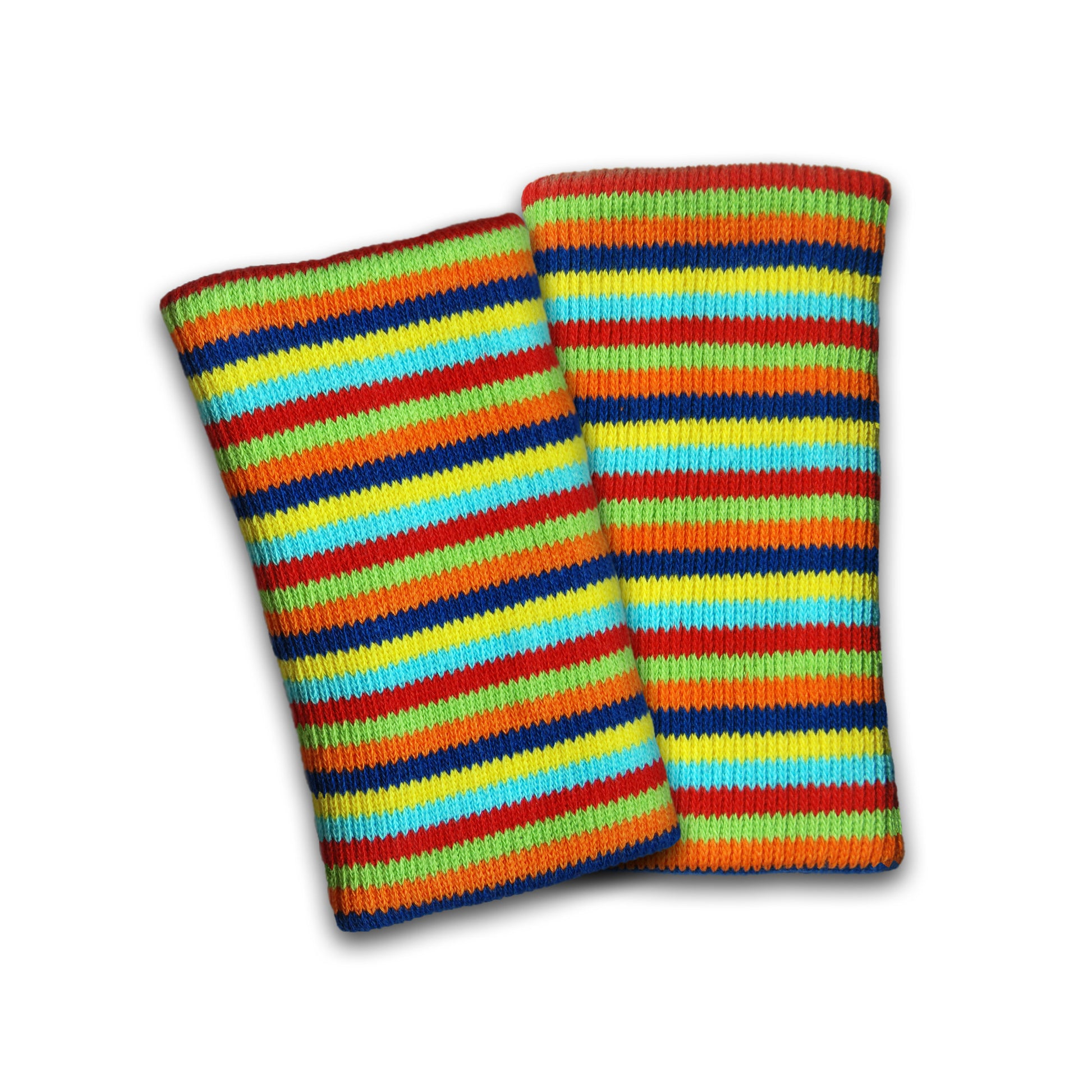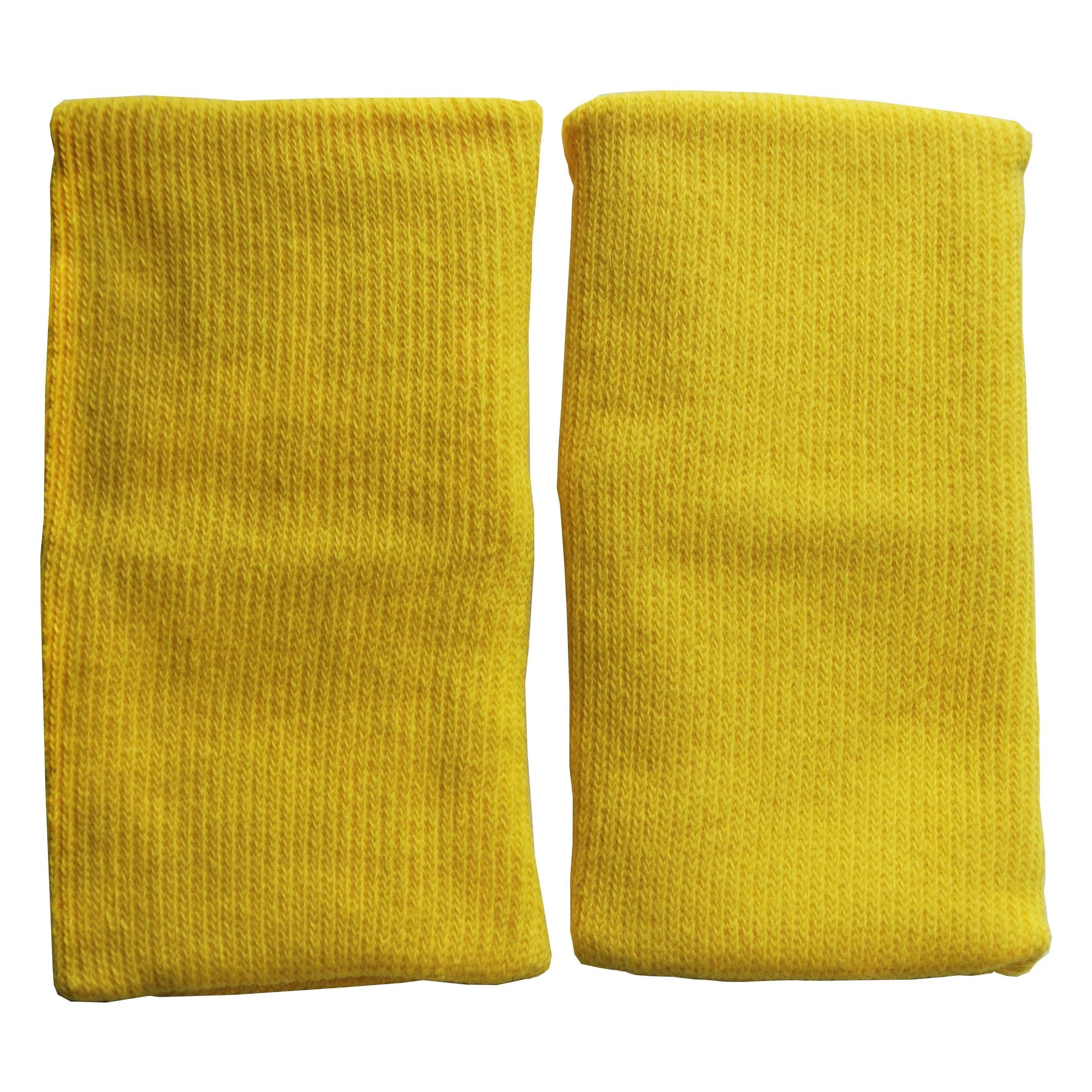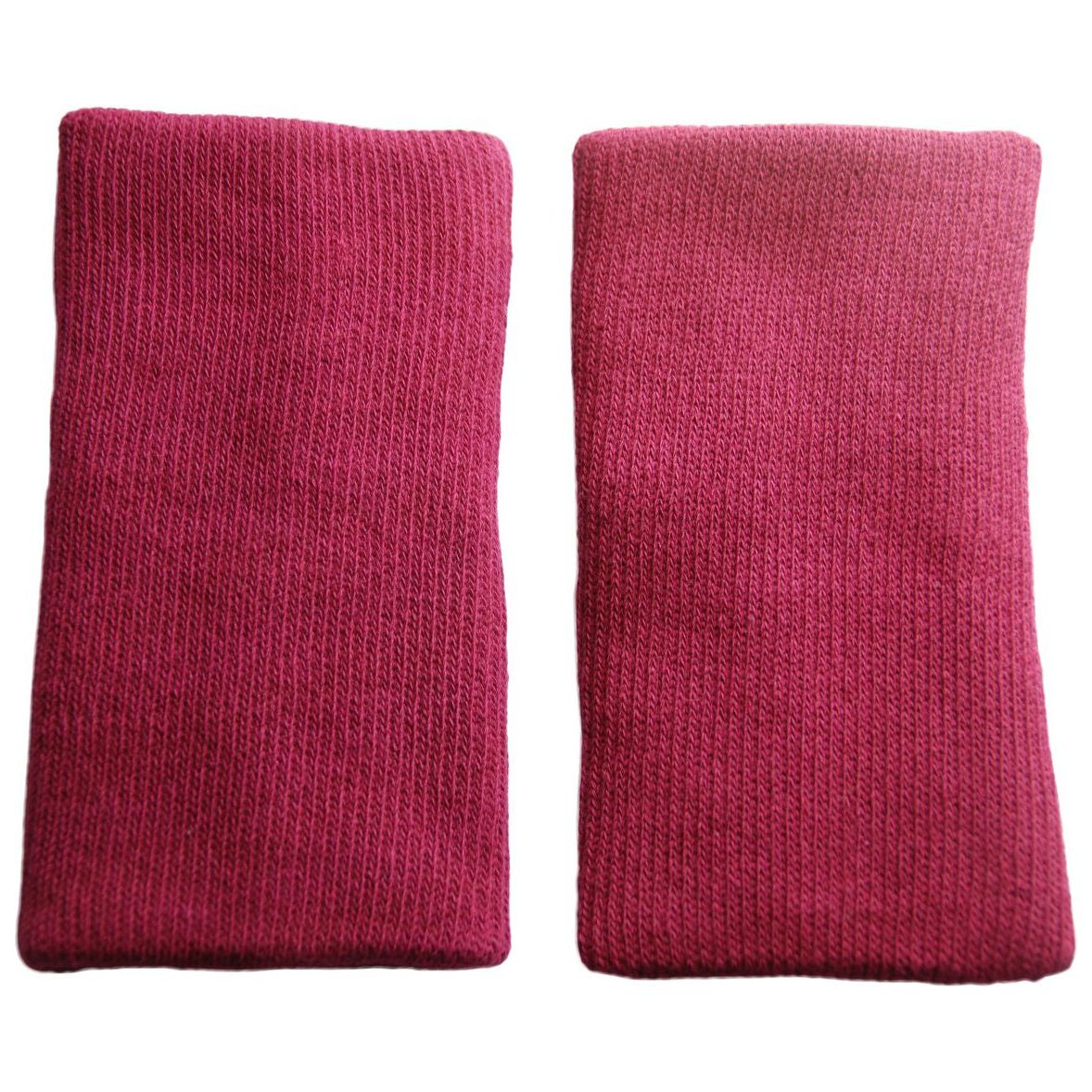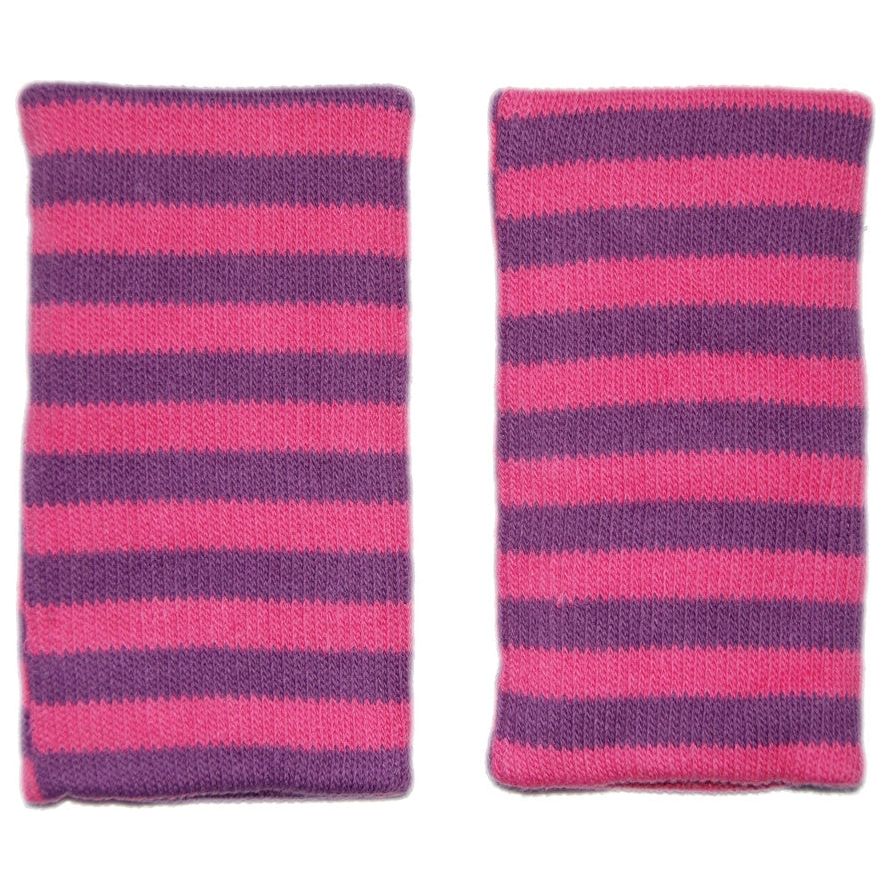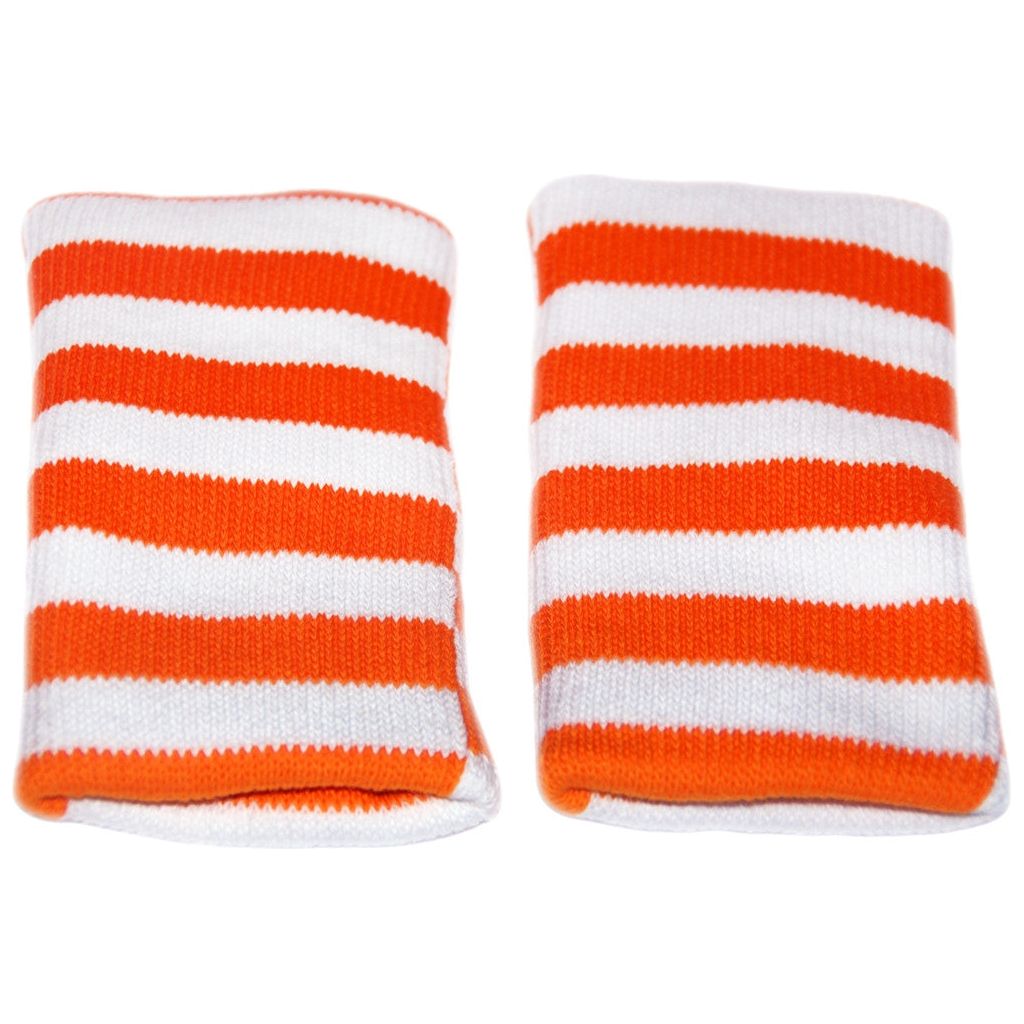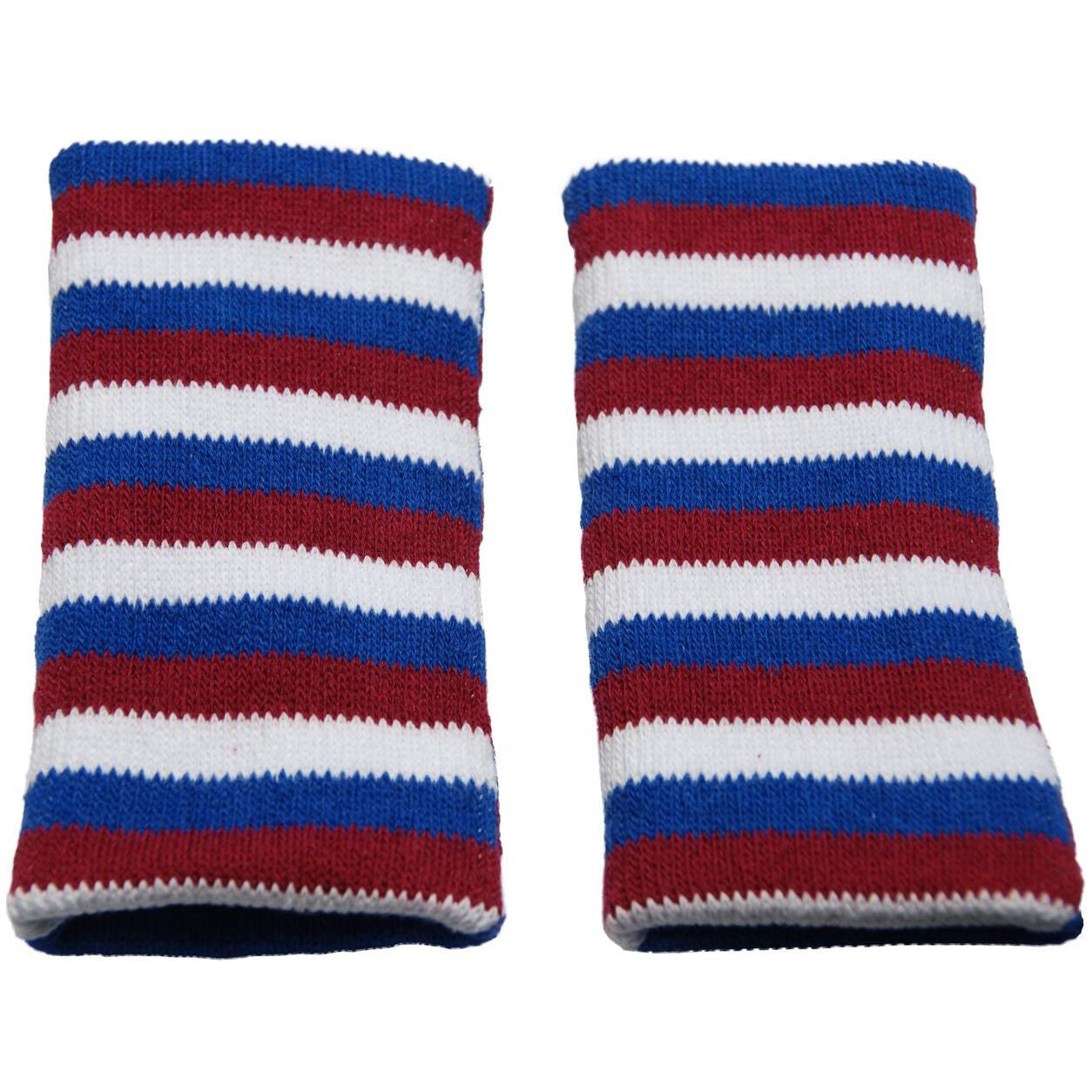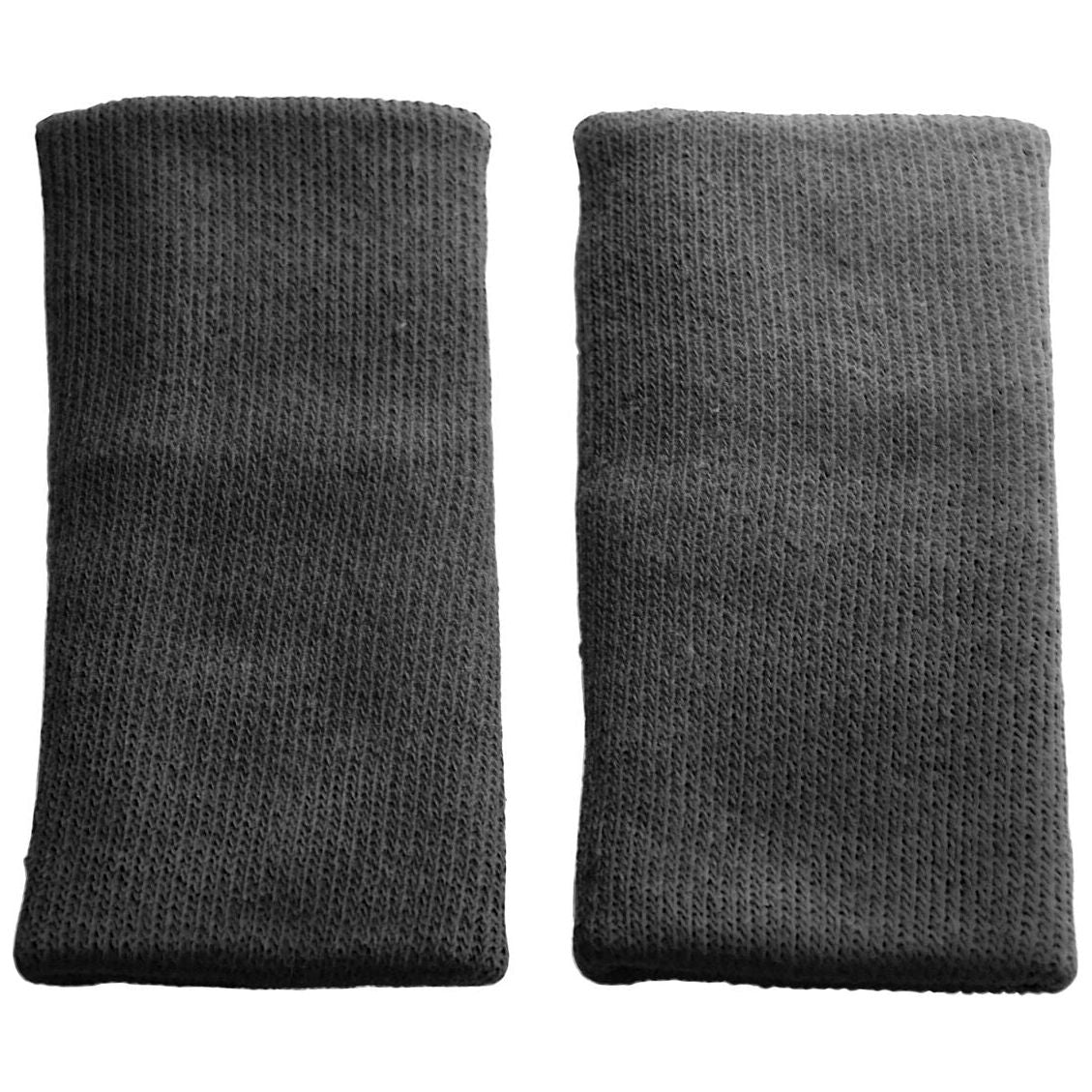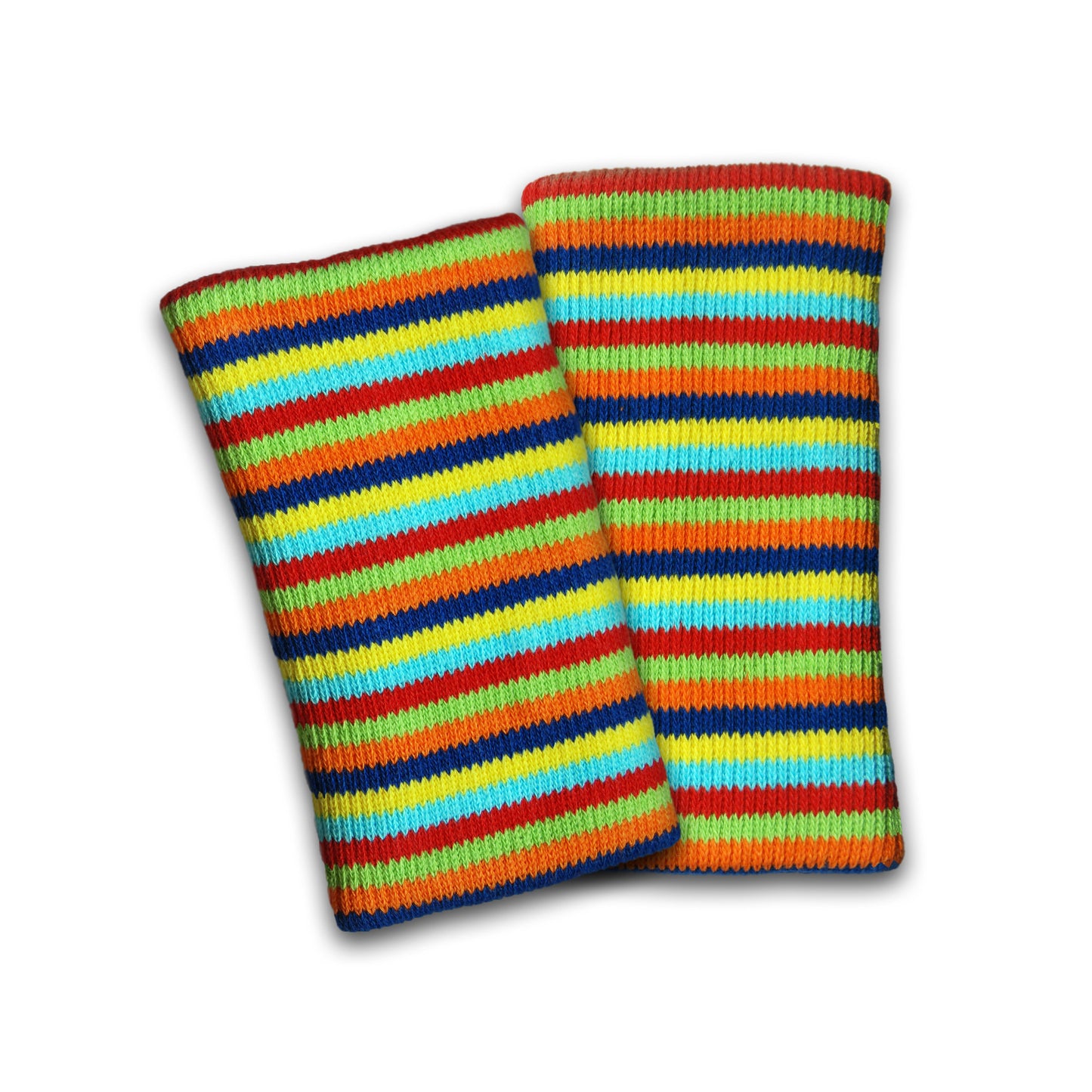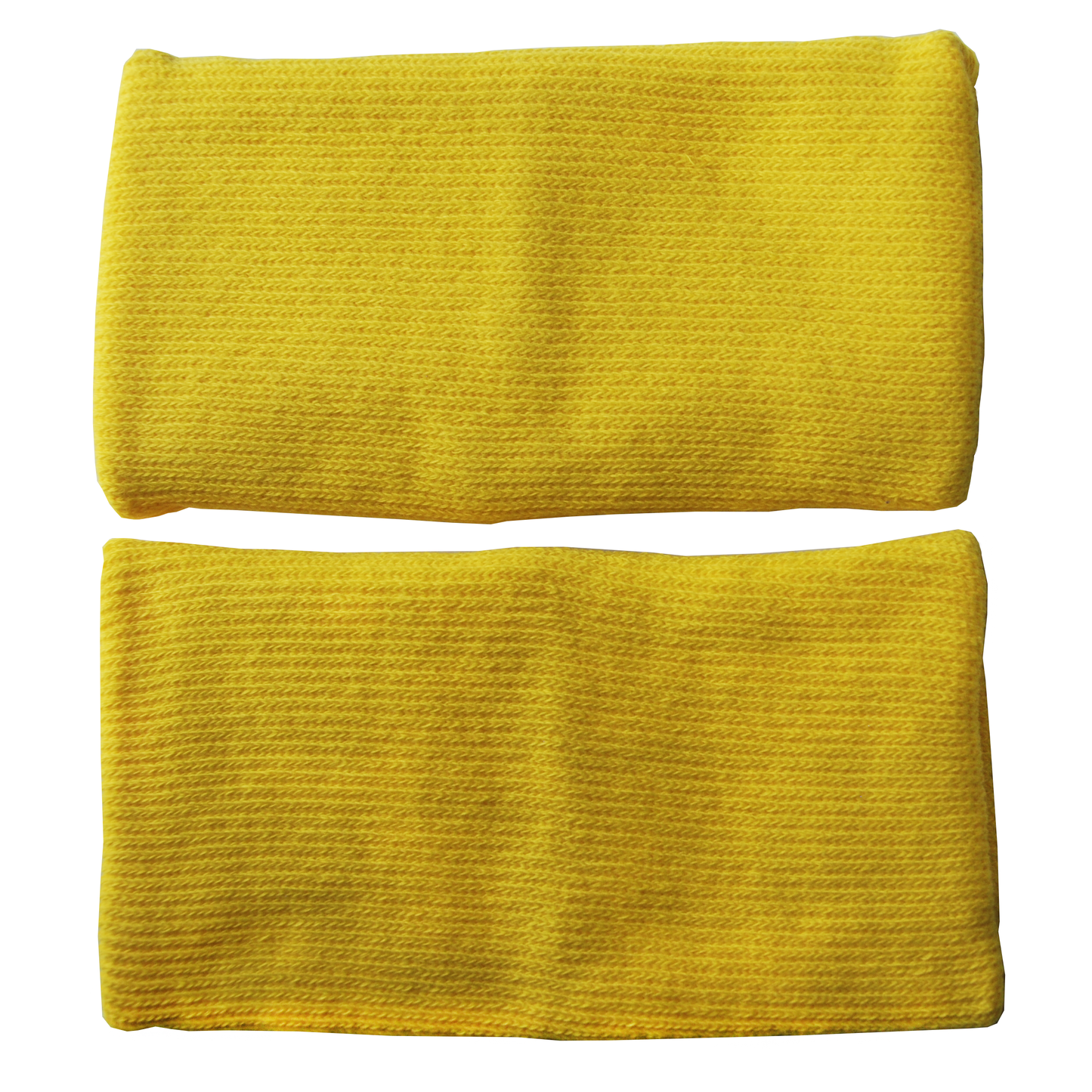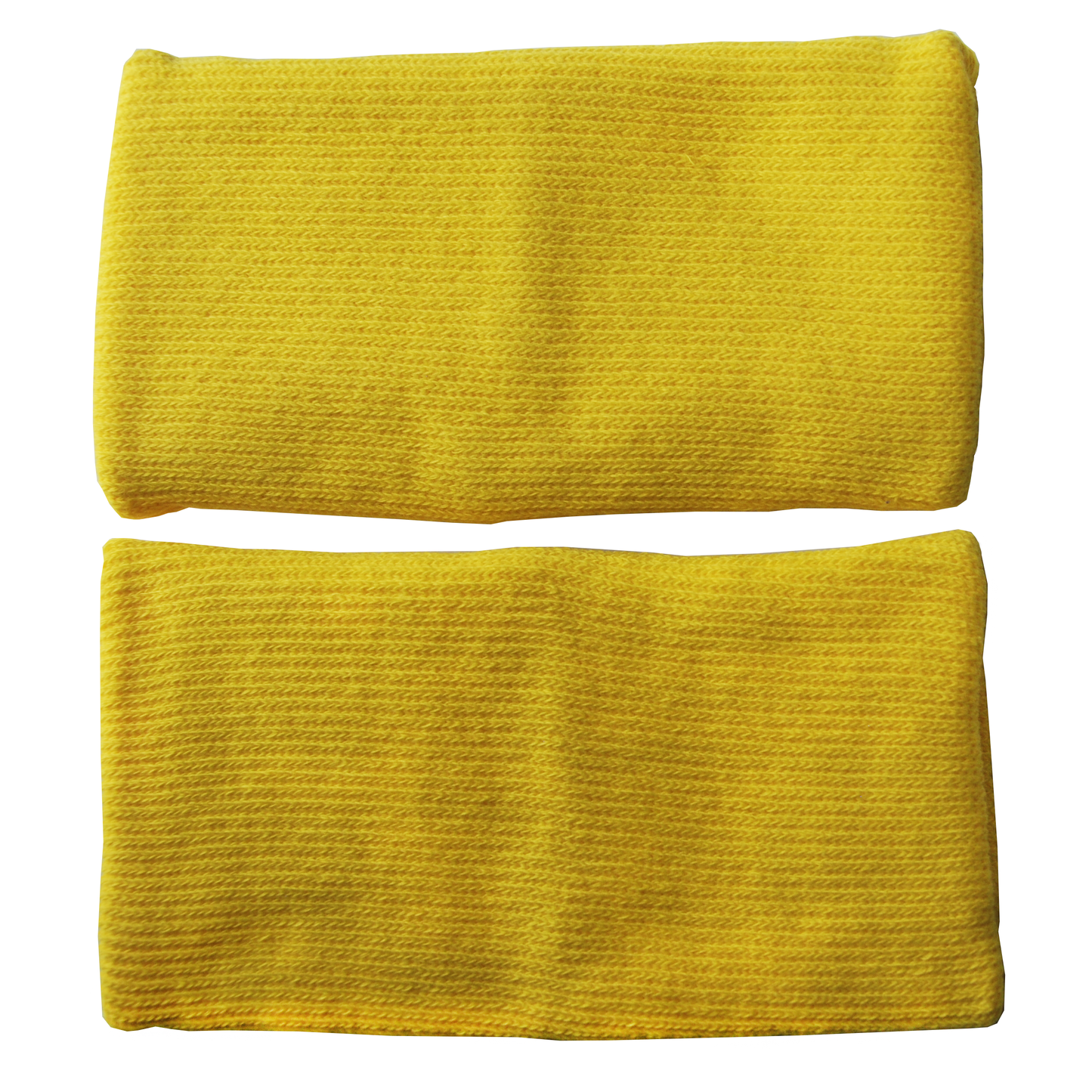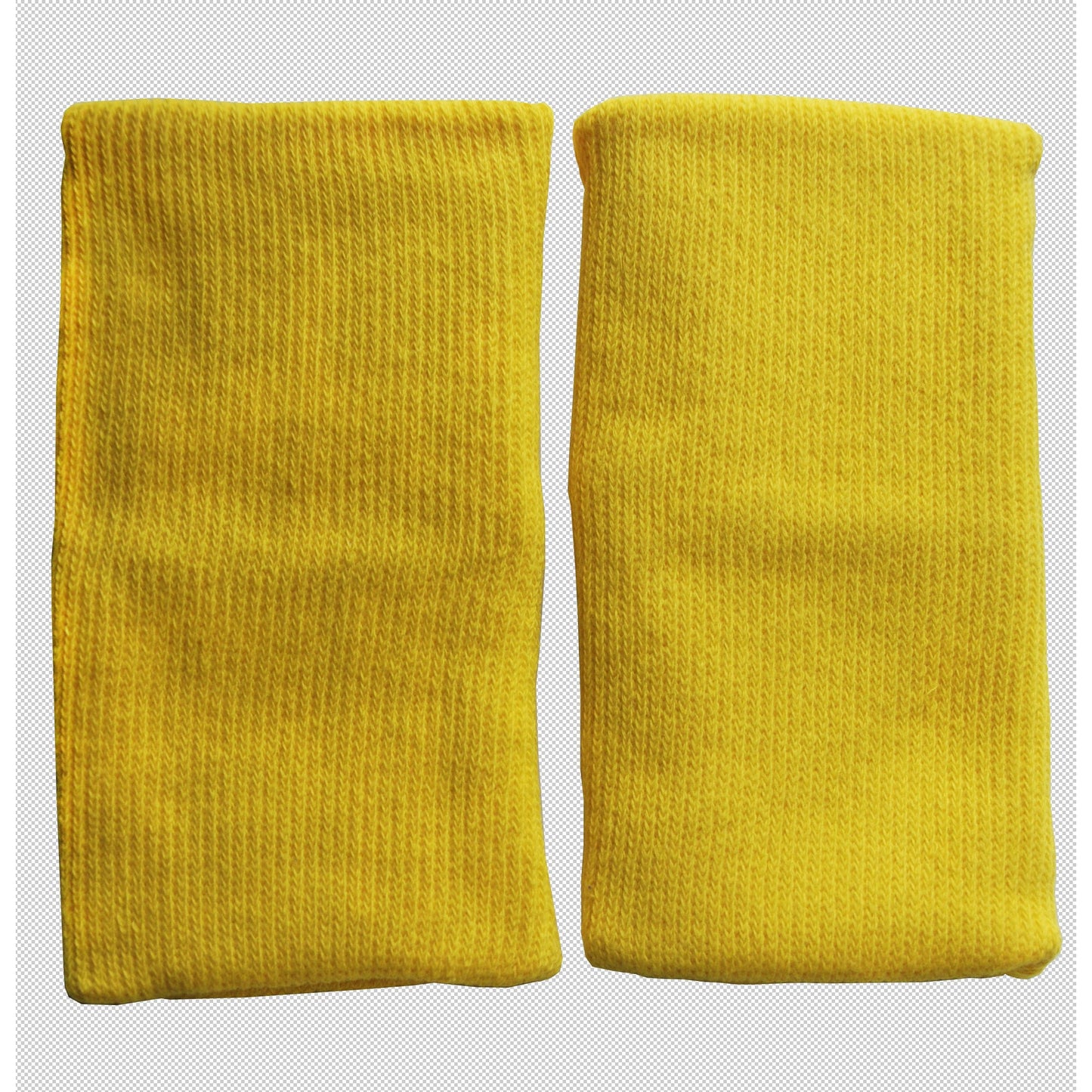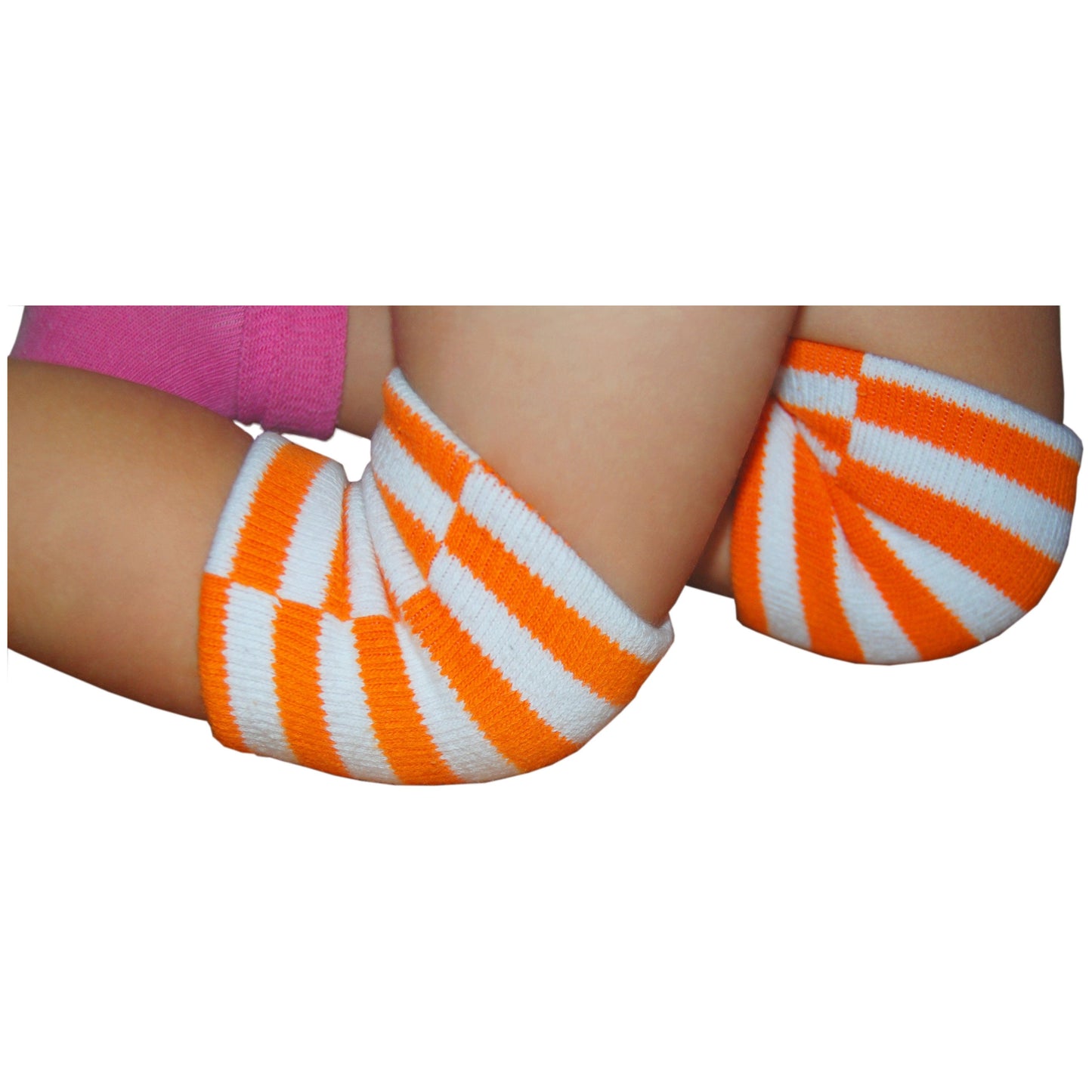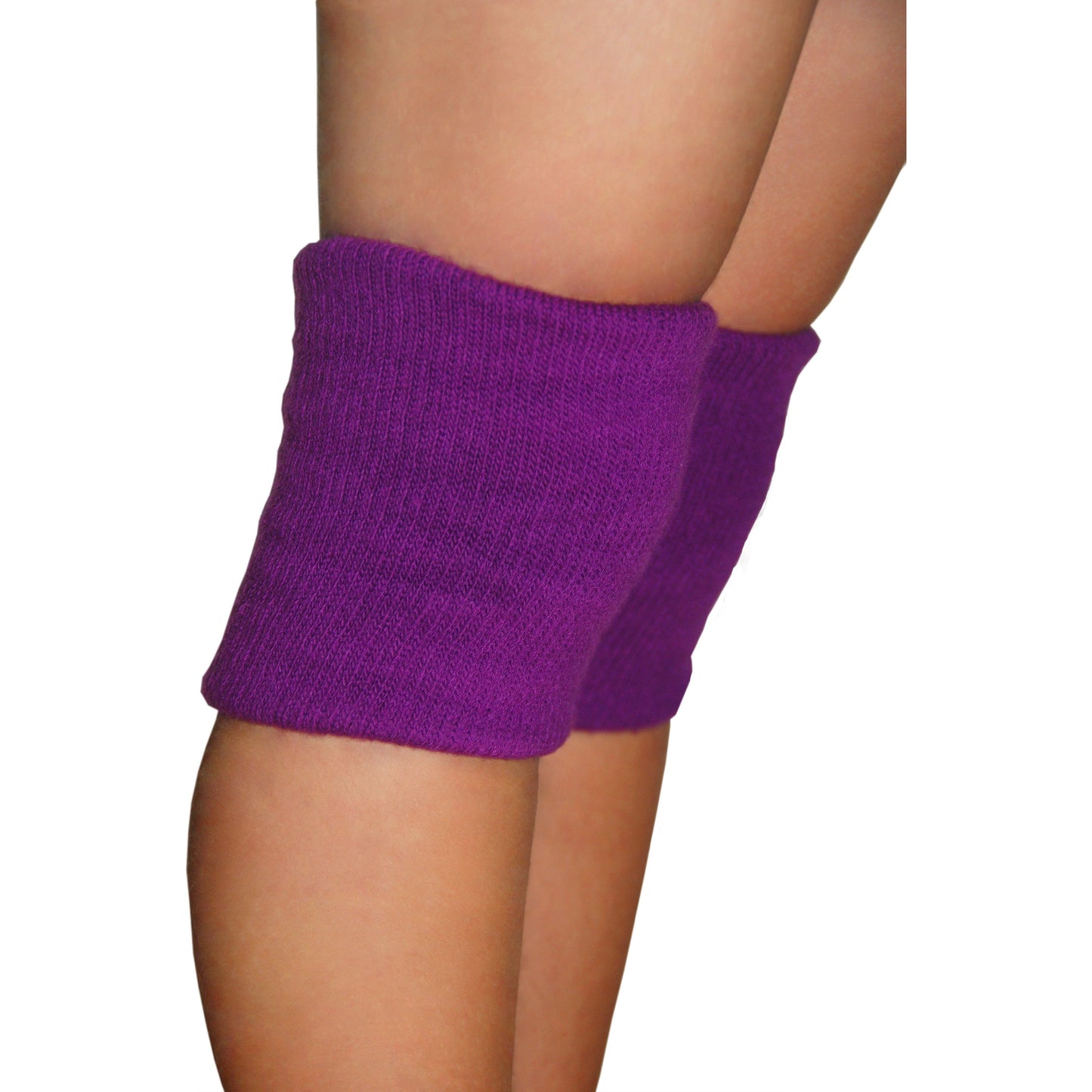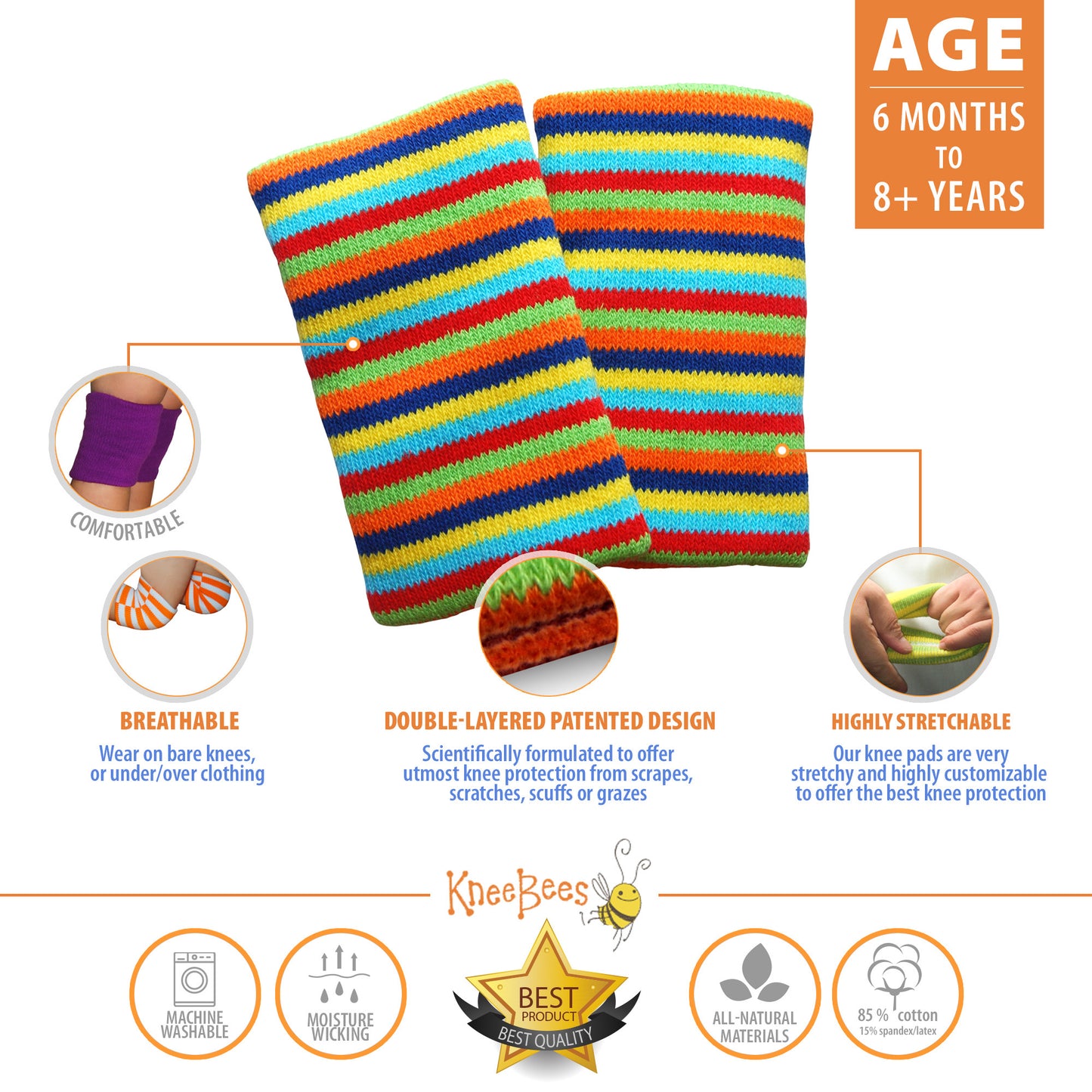It's getting colder. Being outside is very beneficial for babies. But do you know how to dress them appropriately? We wanted to share an article, which should help answer some questions, found on www.parents.com.

"Dressing Your Baby for Winter
By Renee Sagiv Riebling from Parents Magazine
Don't worry about cold weather -- we've got tips for keeping your infant cozy and warm. Whether you're playing outside, driving in the car, or staying indoors, these wardrobe tips will help you keep your baby comfortable this winter.
When Kathryn Pratt, of Falmouth, Maine, gave birth to her third child, Brendan, last January, she thought she knew a thing or two about babies. But when she was discharged from the hospital, the nurse said that her car seat, which Pratt had used to take her first two children home from the hospital, was unsafe because it had an attachable sleeping bag -- and she wouldn't let Pratt put her newborn in it. Pratt had in fact used the snuggly car-seat liner with both her older kids because she had never heard that it wasn't recommended. "The whole experience made me afraid to take Brendan outside until April," Pratt laments. Although dressing your baby for winter weather can seem like a daunting task, these expert tips will keep your little bundle safe and warm both indoors and out.
In the Car
Bulky coats, bunting, and sleeping bags (or "cozies") that attach to the bottom and inside back of the car seat are now considered big no-nos, because they can compress in a crash, increasing a baby's risk of injury. However, the good news is that the American Academy of Pediatrics considers these products to be unnecessary anyway. Instead, dress your baby in thin layers and tuck a blanket around her after she's buckled in. On very cold days, try a long-sleeved one-piece under a one-piece footed fleece outfit, suggests Carole Kramer-Arsenault, R.N., founder of Boston Baby Nurse and author of The Baby Nurse Bible. Depending on the weather, you can add a cotton sweater. Use thick or multiple blankets if you're transporting her to the car in her seat and have to walk a few blocks. You can also use her coat instead of a blanket, but put her arms into it backwards, after she's buckled in. Once the car heats up, remove the blanket or coat if your baby seems warm.
On a Walk
Fresh air is important for your baby, even when the weather is chilly. As long as he was born full term, is at least 3 weeks old, and weighs 12 pounds, taking a 15- to 30-minute walk when it's 25°F or higher can do wonders for you both, says Kramer-Arsenault. (If your baby was preterm or has a medical condition, consult your pediatrician first.) Since babies lose heat more rapidly than adults do, experts agree that a good rule of thumb is to dress your child in one more layer than you would wear in the same conditions. So if you're going out in a long-sleeved T-shirt and a winter jacket, add a sweater to your baby's long-sleeved outfit, plus a bunting or a coat. Top it off with mittens, a snug-fitting hat, and warm boots if the bunting doesn't cover his feet. An attachable sleeping bag is fine for a walk in a stroller, but, again, do not use it during a car ride. Adding a stroller windscreen will help protect your baby's delicate skin from windburn, but avoid walks if the wind is biting.
You'll know your baby has had enough if his eyes tear and he becomes fussy or cries. Also watch for signs of hypothermia, such as blue lips, shivering, or an unusually pale appearance to the nose or ears -- and cut your outing short so that you can get somewhere warm quickly, suggests David Hill, M.D., a pediatrician in Wilmington, North Carolina, and author of Dad to Dad: Parenting Like a Pro.
Playing in the Snow
Outfitting a kid of any age for snow play can be a hassle, but don't let that prevent your little explorer from experiencing one of winter's greatest pleasures. By 6 months, even before she can walk, she will probably be excited by snow's novel texture, says Dr. Hill. The rules for dress should be the same as for any cold weather, but with a bigger emphasis on staying dry. A waterproof snowsuit with attached feet -- or a snow jacket and waterproof pants and boots -- are a must, says Dr. Hill. Don't forget a hat and waterproof mittens, though you can take them off momentarily to allow your baby to feel the snow with her bare hands. Of course, you'll need to be ready to dry and warm them quickly afterward. Also add sunscreen and sunglasses to your list, since the sun's rays reflect off snow. There is no set limit on the amount of time she can play, says Dr. Hill, so use your best judgment and take her inside at the first sign of discomfort.
Staying Indoors
You may be tempted to bundle your baby up even when you're inside, but don't go overboard. "The ideal temperature is between 68° and 72°F, and the one-more-layer rule of thumb applies indoors
too -- so if you're comfortable in two layers, your baby needs three," says Kramer-Arsenault. A good way to check to see if he's too hot or cold is to put a hand on his tummy or back, which should be warm but not sweaty. Keeping your baby from becoming too warm is especially important when he's sleeping, since overheating can contribute to SIDS. At bedtime, zip him into a sleep sack (or a receiving blanket that is carefully swaddled and stays below his armpits) instead of using a blanket, which also increases the risk of SIDS. Sweating, damp hair, flushed cheeks, and rapid breathing are all signs of overheating, so if you observe them, remove a layer of clothing. But there's no need to go crazy checking on him every five minutes. If he's sleeping soundly, his crib is clear of loose bedding, and the temperature is set to the appropriate range, he's probably just right."
#kneebees #kneepads #kneeprotectors #crawlingbabies #kidsfashion #babyfashion #babysafety

